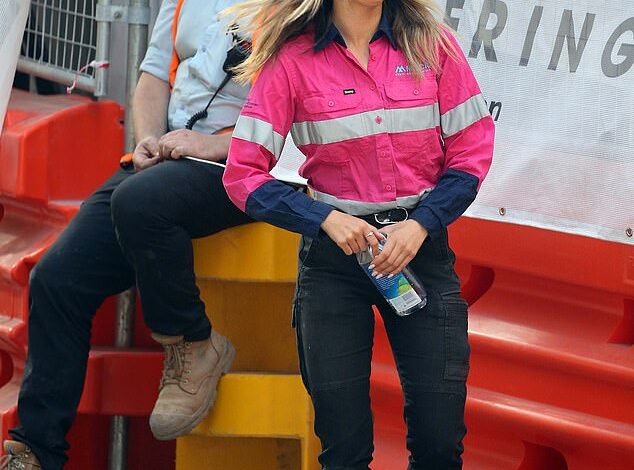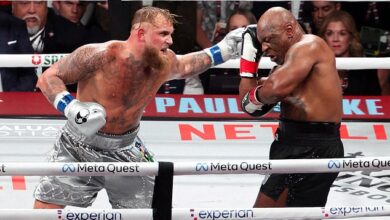The shocking reason why the average Australian woman will ‘work for free from today until the end of the year’

Australian women will work for free for the rest of the year if the gender pay gap is taken into account, a powerful union has claimed.
Half of Australia’s population will effectively work without pay, with a report showing major airlines, telecoms providers, billionaire-owned companies and the Big Four banks pay men 20 percent more than their female counterparts.
That’s according to Michele O’Neil, president of the Australian Council of Trade Unions (ACTU), who told the ABC the gender pay gap is 11.5 per cent.
“The gap is still so wide that it effectively means women have the equivalent of working unpaid 42 days a year, compared to men,” she said.
There are various figures available for the difference in average wages between Australian men and women.
The Australian Bureau of Statistics (ABS) estimates it at 11.5 percent, based on the weekly earnings of full-time adults, but excluding part-time employees and overtime.
The Workplace Gender Equality Agency (WGEA) estimates the figure at 21.7 percent.
According to WGEA, a woman earns 78 cents for every $1 a man earns – which amounts to a difference of almost $30,000 per year.

Australian women will work for free for the rest of the year if the gender pay gap is taken into account, a powerful union claims (Photo: A tradition works in Sydney)

Australian Council of Trade Unions (ACTU) president Michele O’Neil (pictured) says the gender pay gap is closing faster under the current Labor government
But a new report from the Labour-aligned ACTU says the gender pay gap is closing, and at a faster pace under Labor than under the previous LNP government.
The gap is now falling by 1.3 percent per year, compared to 0.4 percent under the coalition government, the report said.
Ms O’Neil told the ABC she welcomed the change.
“If you’re a nine-year-old girl, it’s a difference between waiting nine years, until you’re 18, for equal pay in Australia, and what would be waiting until you’re 44 (or another 35 years). years) to achieve equal pay if only the situation had improved as it did under the previous coalition government,” she said.
Silvia Salazar, senior research fellow at BankWest Curtin Economics Centre, said women’s wages are influenced by several factors, such as having children.
“But there is also the problem of women working in some sectors where their wages are very low compared to other sectors,” Dr Salazar said.
“The other dimension comes from the fact that in Australia we have very segregated (job) sectors, with women typically working in low-paying sectors, such as childcare and aged care, or men working in high-paying sectors, such as mining.”
Earlier this year, gender pay gaps at some of Australia’s largest employers were published for the first time.

The Australian Bureau of Statistics (ABS) estimates the gender pay gap at 11.5 percent, based on the weekly earnings of full-time adults, but excluding part-time employees and overtime (photo: an office worker in Bourke Street, Melbourne)
The company behind Australia’s richest person, Gina Rinehart, Hancock Prospecting, reported that women were paid 25 percent less, worth about $22,700 in wages.
Australia’s largest airlines reported some of the largest pay gaps. Jetstar, Virgin and Qantas reported average pay gaps of 43.7 percent, 41.7 percent and 37 percent respectively, while Rex reported a pay gap of 26.8 percent.
The Big Four banks also reported significant pay gaps in favor of men, with NAB showing a difference of 18.8 percent, 23.1 percent at ANZ, 28.5 percent at Westpac and 29.9 percent at Commonwealth Bank.




